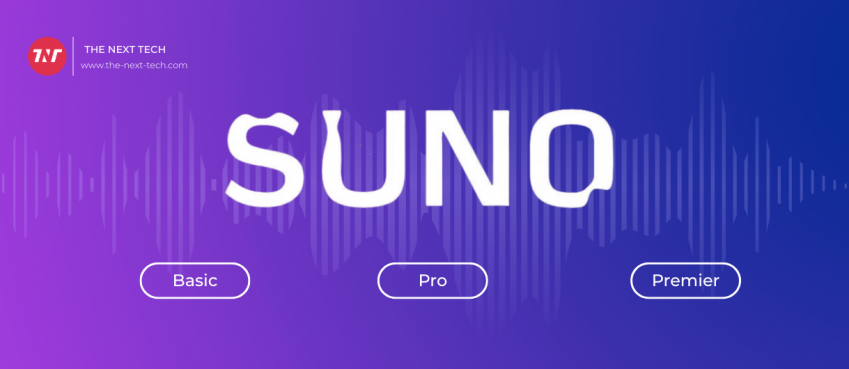
Many companies use ElasticSearch as a search engine, to supplement their main database. Some of the well-known tech giants utilizing elastic search are ;
- Netflix
- eBay
- Walmart
- T-Mobile
Netflix uses the ELK Stack to monitor and analyze customer service operations and security logs in a variety of ways. Elasticsearch, for example, is the backbone of their message system. Elasticsearch was also chosen because of its automatic sharding and replication, configurable schema, user-friendly extension approach, and a large ecosystem of plugins. Netflix has grown its Elasticsearch deployments from a few isolated deployments to over a dozen clusters with several hundred machines.
eBay has built a unique ‘Elasticsearch-as-a-Service’ platform to facilitate easy Elasticsearch cluster installation on their own OpenStack-based cloud platform, which is used for a variety of business-critical text search and analytics use cases.
Walmart uses the Elastic Stack to unlock the hidden potential of its data in order to get insights into customer purchase habits, track store performance indicators, and analyze holiday trends in near real-time. It also makes use of ELK’s security capabilities for SSO, anomaly detection alerting, and DevOps monitoring.
T-Mobile is a well-known mobile phone company. Elasticsearch powers its Android and Apple iOS mobile apps. Since T-Mobile launched its new app, which was completely redesigned from the ground up, the app’s customer ratings have surged, and the app has also become a marketing goldmine for T-Mobile.
How to Use Elasticsearch Database?
When it comes to implementation, there are a variety of options available.
- Run it on localhost on the instance that your project/website is hosted on. As an example of this Zenarmor (Best OPNsense firewall plugin) use the elastic search as a backend reporting database.
- Services that operate Elasticsearch apart from your instance, such as AWS Elasticsearch on Amazon. You can customize the instance size and plan to meet your specific requirements.
How does Elasticsearch Database Works?
Elasticsearch can be used to search a variety of different types of data. It has a scalable search solution, near real-time search, and multi-tenancy support. Elasticsearch collects unstructured data from a variety of sources, stores, and indexes it using user-defined mapping (which can also be derived automatically from data), and makes it searchable.
Its networked architecture allows it to search and analyze massive amounts of data in real-time. It allows you to start small and build up to hundreds of machines. Running a full-featured search cluster with Elasticsearch is simple, but scaling it needs a significant amount of experience.
When working with JSON-formatted data, Elasticsearch takes a document-oriented approach. The index and type can be used to organize and store data. Multiple indices and types are possible. You can think of the index as a database and the types as tables in a conventional relational database. Here’s a quick comparison of relational databases with Elasticsearch.
Elasticsearch > Indices > Types > Documents with properties
MySQL > Databases > Tables > Columns/Rows
How to Query Elasticsearch Database?
A search query, also known as a query, is a request for data from Elasticsearch data streams or indexes.
A query can be thought of as a question written in an Elasticsearch-friendly format. You can use a query to acquire answers to questions like these, depending on your data:
- What processes on my server take longer to react than 500 milliseconds?
- In the recent week, which users on my network run regsvr32.exe?
- What pages on my website include a particular phrase or word?
One or more queries are merged and delivered to Elasticsearch to form a search. In the hits, or search results, section of the answer, documents that match a search’s queries are returned.
Additional information may be found in a search, which can be used to improve the process. A search could, for example, be confined to a single index or only return a certain amount of results.
You may search and aggregate data stored in Elasticsearch data streams or indices using the search API. The query request body parameter of the API accepts Query DSL queries.
Using a match query, the following request searches my-index-000001. This query looks for documents with the user.id kimchy. (Elasticsearch 7.16 official example)
GET /my-index-000001/_search
{
“query”: {
“match”: {
“user.id”: “kimchy”
}
}
}
Also read: Seamless AI Review: Features, Pricing, & Getting Started (2024 Guide)What Type of Database is Elasticsearch?
Elasticsearch (also known as ES) is an Apache Lucene-based contemporary search and analytics engine. Elasticsearch is a NoSQL database that is completely open-source and written in Java. This means it stores data in an unstructured manner and cannot be queried using SQL.
How Is Elasticsearch Different From Other Databases?
Elasticsearch and its terminologies, on the other hand, are not that unlike a database, which is currently widely used in the industry. So, here’s a comparison so that you can link these Elasticsearch words to additional RDBMS terminologies:
- SQL databases are table-based databases, but NoSQL databases might be document-based, key-value pair databases, or graph databases.
- SQL databases scale vertically, but NoSQL databases scale horizontally.
- For unstructured data, SQL databases employ a predetermined schema, whereas NoSQL databases utilize a dynamic model.
- When comparing the performance of NoSQL vs SQL, SQL requires specialist database hardware, whereas NoSQL employs commodity hardware.
Top 10 News
-
01
[10 BEST] AI Influencer Generator Apps Trending Right Now
Monday March 17, 2025
-
02
The 10 Best Companies Providing Electric Fencing For Busines...
Tuesday March 11, 2025
-
03
Top 10 Social Security Fairness Act Benefits In 2025
Wednesday March 5, 2025
-
04
Top 10 AI Infrastructure Companies In The World
Tuesday February 11, 2025
-
05
What Are Top 10 Blood Thinners To Minimize Heart Disease?
Wednesday January 22, 2025
-
06
10 Top-Rated AI Hugging Video Generator (Turn Images Into Ki...
Monday December 23, 2024
-
07
10 Top-Rated Face Swap AI Tools (Swap Photo & Video Ins...
Friday December 20, 2024
-
08
10 Exciting iPhone 16 Features You Can Try Right Now
Tuesday November 19, 2024
-
09
10 Best Anatomy Apps For Physiologist Beginners
Tuesday November 12, 2024
-
10
Top 10 Websites And Apps Like Thumbtack
Tuesday November 5, 2024







